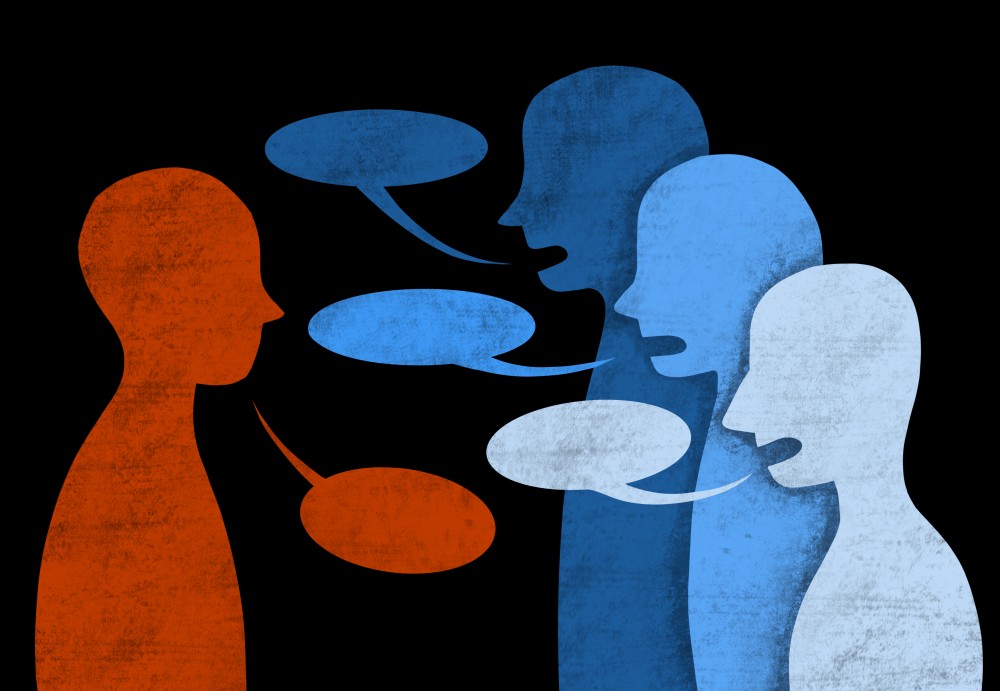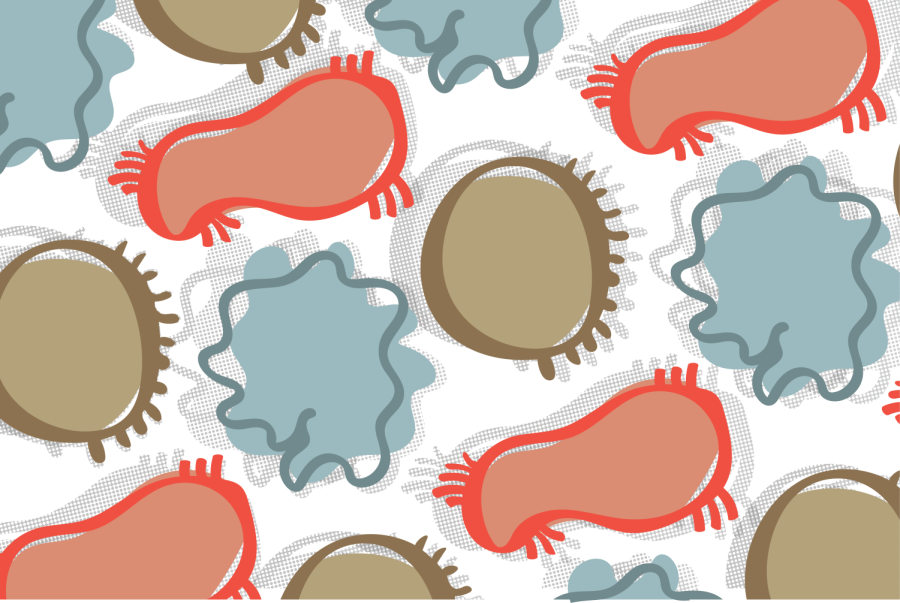Ekta Prakash has been taking care of her mother for more than eight years.
As a caregiver, Prakash considers herself fortunate to be able to navigate adult care resources in Minnesota. Many cannot.
The executive director of CAPI, a Minneapolis nonprofit that offers programs for seniors who are immigrants, it is a situation she sees all the time — people falling through the cracks.
For many older adults in the state, navigating care is challenging, especially if English is a second language or seniors do not have an established community nearby. Prakash’s staff members have told her that seniors will sometimes cry when they talk to them on the phone. Others will not open their door to a new staffer dropping off supplies because they do not recognize them, and some who can no longer drive feel like they have no place to go.
“I do all my research, I know what I need to do in this situation … but at the same time, there is a lot of isolation for people like my mom,” she said. “They can’t go anywhere, they don’t have a big sense of community. They didn’t grow up here, they’re by themselves.”
Looking at state data from 2015, University of Minnesota associate professor Tetyana Shippee found racial discrepancies in self-rated health and sense of control among adults 65 and older who use publicly funded home- and community-based services. Some of these services include adult day care and in-home assistance but do not include institutional care, like nursing homes.
Shippee’s study, published June 14, shows that non-white older adults had a lower self-rated health, were less likely to feel in control of their lives and more likely to feel lonely, sad or depressed compared to white adults in the same economic status and using the same programs. Asian adults reported the lowest scores of all racial and ethnic groups.
Around 80% of older adults in Minnesota utilize home- and community-based services. And as the senior population grows nationally, so does the need for long-term care services and support, Shippee said. Minnesota is one of few states that funds the collection of this data and shares it with researchers, a practice she said other states should do as well.
“We need to be thinking, ‘How are we designing these programs?’” she said. “The state should strive to continue to assess the needs and gaps in the well-being and sense of control and agency of all of their users … with particular attention to users from communities of color and immigrants because we’re finding that their scores lag far behind.”
Shippee said there is a lot more research on nursing homes compared to home- and community-based services despite more people using those services, which she said makes her findings all the more important. She found that many of the Asian adults in the study were Hmong immigrants or refugees who did not speak English as a first language.
Discrepancies in the nature and quality of care highlight the need for equitable, culturally sensitive services for older adults, she said. Some of the disparities she sees, however, are the result of long-term systemic problems that exist beyond the healthcare field.
Odichinma Akosionu, a doctoral student at the University, worked with Shippee on another study that came out in late May that found older adults of color receiving long-term care services were more likely to be impacted by COVID-19 than white adults.
Akosionu said a variety of barriers contribute to these racial and ethnic inequities, citing examples of health disparities in marginalized populations, unequal access to clinical care and a care workforce that is often overworked, low-income and historically marginalized.
“This provides an important window of opportunity to really look at the policies that perpetuate racism, which is manifested as racial and ethnic disparities,” she said. “We really need to re-examine policies that have led to these injustices … because policies have perpetrated those types of issues for a very long time.”
Alana Wright, who works at the Minnesota Leadership Council on Aging, said the results of both studies are unfortunately not surprising. Although the state has consistently ranked as one of the healthiest in the country, Minnesota also has one of the biggest health disparities among LGBTQ communities and communities of color.
Wright said older adults are often overlooked as a population, and COVID-19 brought attention to many who are vulnerable. Some of the reforms she would like to see involve more research into the subject, making sure underserved groups are at the table when talking about policymaking and utilizing the assets of cultural and faith communities.
Already, Prakash said CAPI’s elder care services have helped seniors’ mental health. Gardening activities, group classes on self-care and picnics outside have helped boost confidence. Having translators on hand can make them feel more at ease too.
Wright said, “The more that we can understand how all this ties together across areas and subject matter, the better we will be in terms of trying to ensure everybody has a better quality of life.”
















